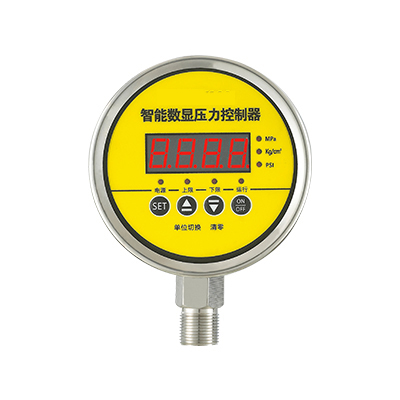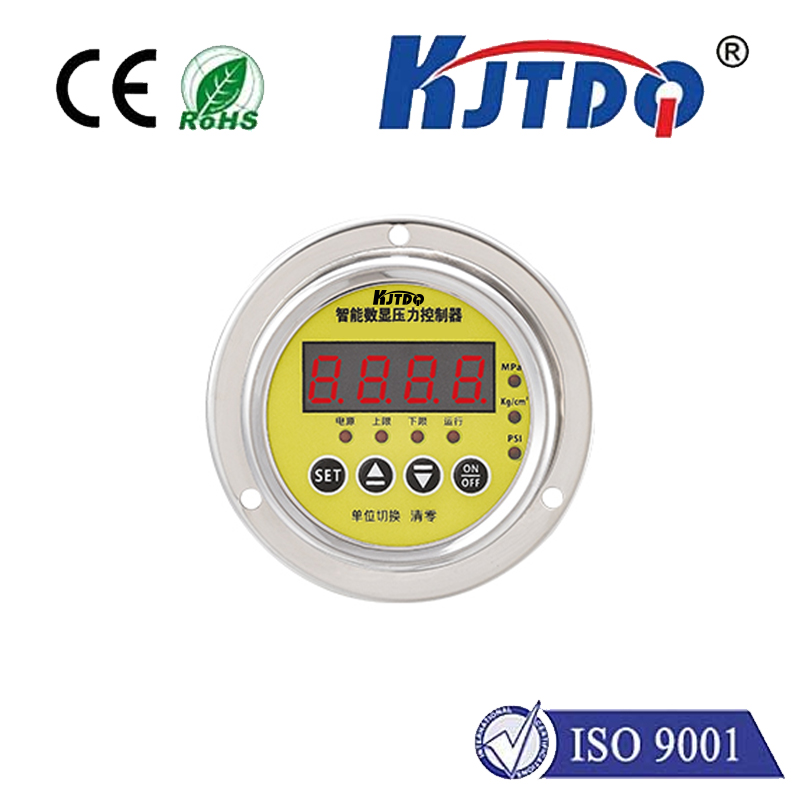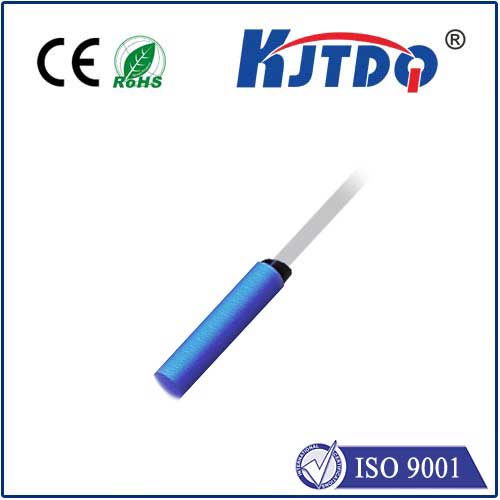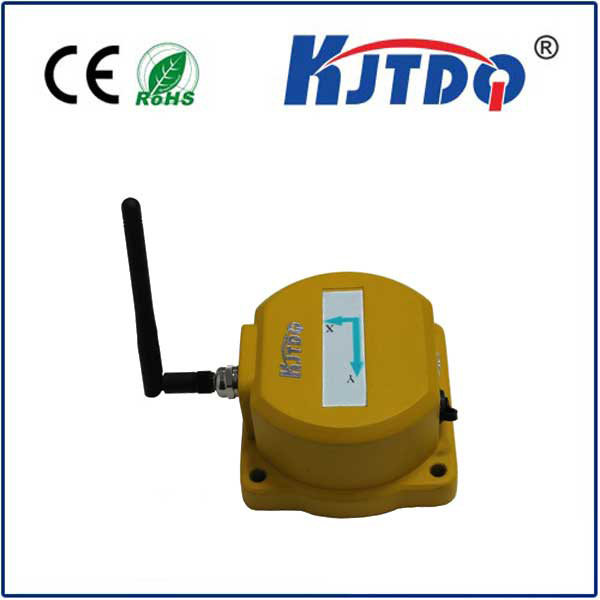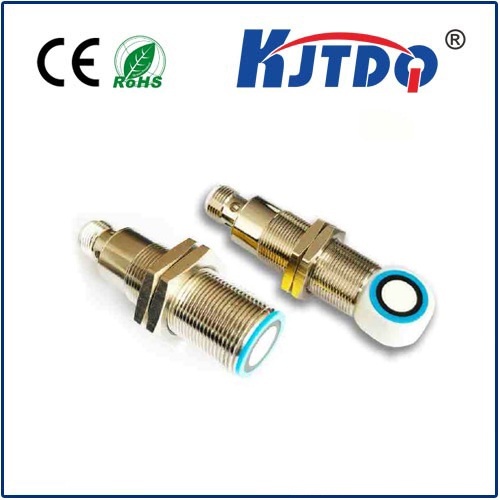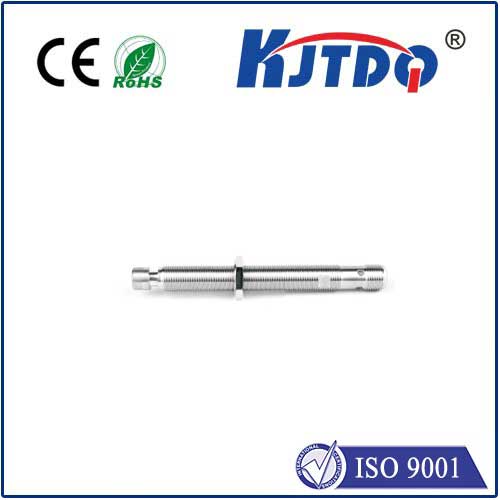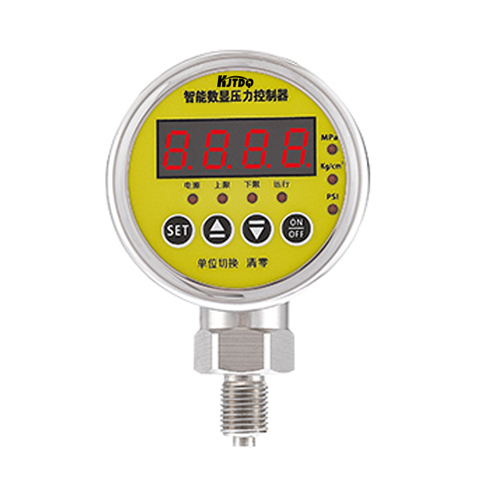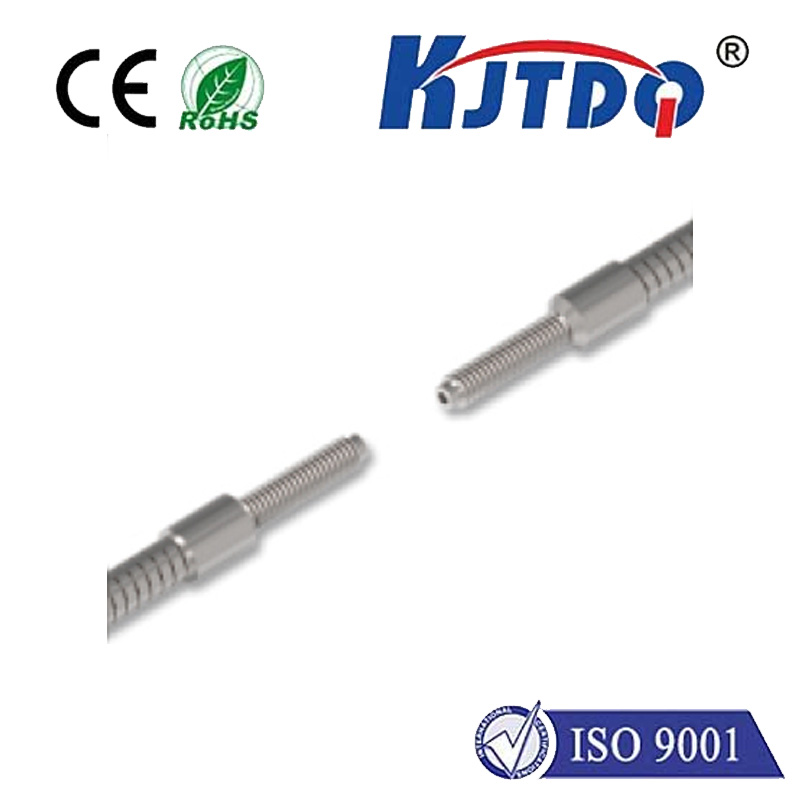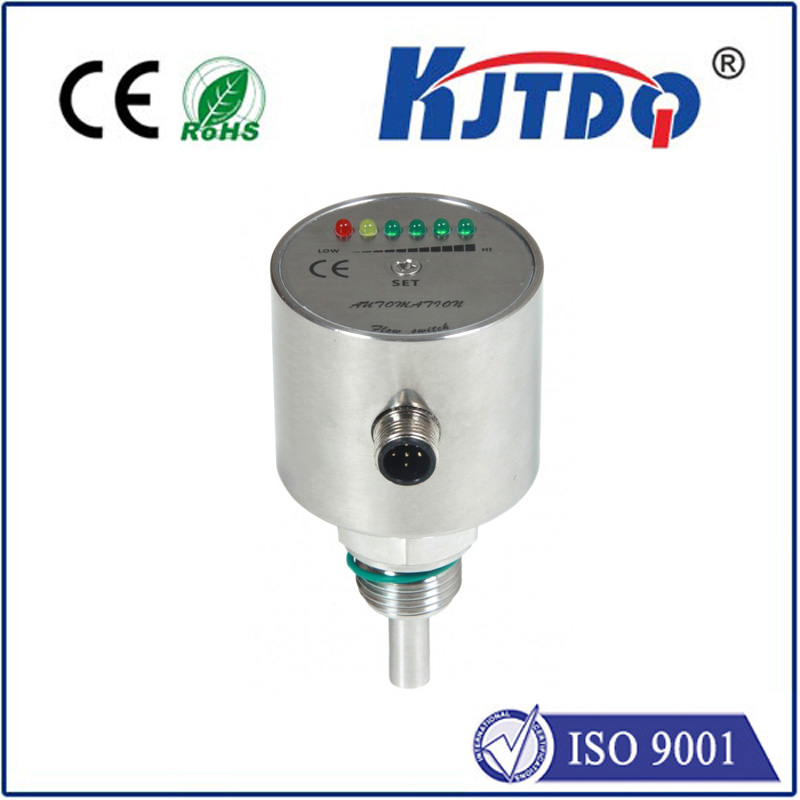optical based sensor
- time:2025-08-14 16:22:55
- Нажмите:0
Seeing Beyond: How Optical-Based Sensors Transform Our Technological World
Imagine a world where machines can “see” stress in a bridge before human eyes detect a crack, where doctors analyze blood composition without a needle prick, or where self-driving cars perceive their surroundings with superhuman precision. This isn’t science fiction; it’s the reality enabled by the pervasive, powerful, and rapidly evolving technology of optical-based sensors. These devices harness the fundamental properties of light to gather crucial information about their environment, driving innovation across countless sectors.
The Essence of Optical Sensing: Light as the Information Carrier
At their core, optical sensors operate by detecting changes in various properties of light waves – intensity, wavelength (color), phase, polarization, or direction – caused by interaction with a specific physical, chemical, or biological parameter. This interaction forms the fundamental sensing principle. The key advantage lies in their non-contact nature. Unlike many traditional sensors requiring physical connection, optical-based sensors can measure parameters remotely, often through transparent barriers like glass or plastic, minimizing interference with the target being measured.
Several common working principles define this diverse field:

- Intensity Modulation: The simplest form. The physical or chemical change directly affects the intensity of light received by a detector (e.g., an object breaking a light beam reducing intensity to zero).
- Spectroscopic Analysis: Measuring how a material absorbs, reflects, scatters, or emits light at different wavelengths. This forms the basis for identifying substances, like detecting specific gases through their unique absorption fingerprint in the infrared spectrum or analyzing blood glucose levels.
- Interferometry: Utilizing the wave nature of light. Changes in the optical path length (distance light travels or the medium it travels through) cause shifts in interference patterns between light waves, enabling incredibly precise measurements of displacement, pressure, temperature, or refractive index. This is crucial in high-precision manufacturing metrology.
- Fluorescence & Luminescence: Detecting light emitted by a material after it has absorbed light of a specific wavelength. Biological tagging and environmental toxin detection heavily rely on this principle.
- Fiber Optic Sensing: A revolutionary subclass where the light travels through an optical fiber. The fiber itself can be the sensing element, or it can transmit light to/from a remote probe. Fiber optic sensors excel in harsh environments (high temperature, EM interference, corrosive atmospheres) and distributed sensing over long distances, ideal for structural health monitoring in pipelines, dams, and aircraft wings.
Where Light Leads: Key Applications
The versatility of optical sensing technology translates into an astonishing breadth of applications:
- Industrial Automation & Quality Control: Precise position detection on assembly lines, non-contact thickness measurement of materials, surface roughness analysis, inspection for defects in manufactured goods using machine vision systems.
- Biomedicine & Healthcare: Blood oxygen saturation (pulse oximetry), non-invasive glucose monitoring (actively researched), DNA sequencing, fluorescence microscopy for cell imaging, optical coherence tomography (OCT) for retinal scanning.
- Environmental Monitoring: Remote detection of pollutants, greenhouse gases, and aerosols using spectroscopy (LiDAR – Light Detection and Ranging – is a prime example). Water quality analysis based on turbidity or chemical composition through light absorption/scattering.
- Defense & Security: Night vision systems, target designation, missile guidance, chemical/biological agent detection, perimeter intrusion detection using fiber optic cables acting as sensitive “trip wires.”
- Transportation: Vehicle proximity sensors, adaptive cruise control, lane departure warning, and autonomous navigation heavily rely on LiDAR and camera systems (both forms of optical sensing). Structural health monitoring of bridges, rails, and aircraft using fiber optic sensors.
- Consumer Electronics: Touchscreens (often using optical grids), fingerprint scanners, ambient light sensors adjusting screen brightness, the cameras in our smartphones and laptops.
- Energy: Distributed temperature sensing along power cables using fiber optics to monitor load and prevent fires, monitoring structural integrity of pipelines.
Why Optics Often Outshine Electronics
While electronic sensors are ubiquitous, optical-based sensors offer distinct advantages that make them the preferred or essential choice in numerous scenarios:
- Immunity to Electromagnetic Interference (EMI): Light waves are unaffected by electric or magnetic fields, allowing reliable operation in electrically noisy environments (factories, power plants, near MRI machines).
- Intrinsic Safety & Non-Sparks: As they don’t require electrical currents at the sensing point, optical sensors are ideal for explosive atmospheres (oil/gas industry, chemical plants).
- Long-Distance Signal Transmission: Light signals in optical fibers experience minimal loss over kilometers, enabling remote sensing and distributed monitoring over vast areas, far surpassing the capabilities of copper wires affected by attenuation and EMI.
- High Sensitivity & Precision: Techniques like interferometry can detect changes on the nanometer scale, enabling unparalleled accuracy.
- Multiplexing Capability: Multiple sensors can often share a single optical fiber by using different wavelengths or time-coding of signals, simplifying complex sensing networks.
- Non-Invasive & Remotely Accessible: Critical for biomedical applications and monitoring sensitive or moving objects.
- Corrosion Resistance: Optical fibers (glass) are inherently more resistant to corrosion than metallic conductors in many environments.
The Future is Bright
The evolution of optical-based sensors is far from static. Research continuously pushes boundaries:
- Nanophotonics & Plasmonics: Manipulating light at scales smaller than its wavelength, enabling ultrasensitive sensors for single-molecule detection.
- Silicon Photonics: Integrating optical components onto silicon chips, promising smaller, cheaper, and mass-producible optical sensors compatible with CMOS electronics.
- Advanced Materials: Novel materials with unique optical responses for sensing specific targets with greater selectivity.
- Artificial Intelligence (AI) Integration: AI algorithms are increasingly used to analyze complex optical data patterns, enhancing detection accuracy, identifying subtle trends, and enabling predictive capabilities from sensor networks.
- Wearable & Implantable Optics: Developing biocompatible optical sensors for continuous health monitoring directly on or inside the human body.
From the delicate probes analyzing single cells to the robust systems monitoring the health of continent-spanning infrastructure, optical-based sensors form an invisible yet indispensable sensory layer across modern technology. Their unique capability to convert the subtle interplay of light and matter into actionable data continues to unlock possibilities, making the invisible visible and driving progress towards safer, smarter, and more sustainable systems. This revolution in perception, powered by photons, continues to illuminate the path forward.

